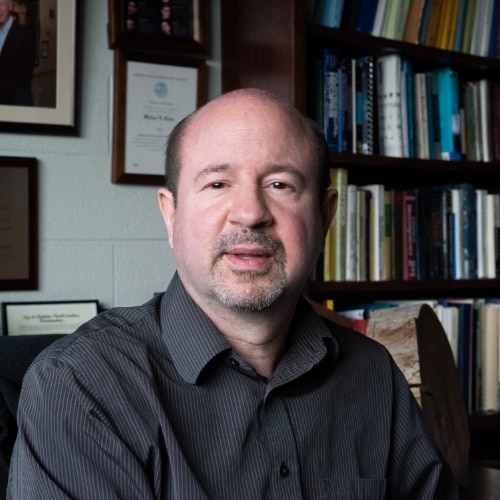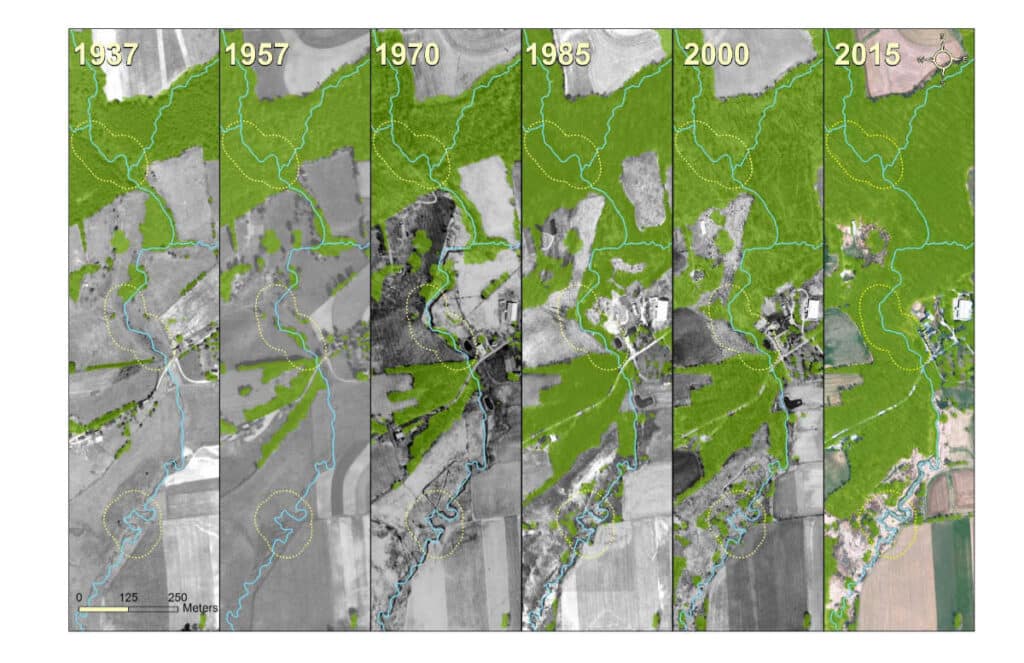
What might be surprising to anyone who is not a scientist is that temperature is a pollutant. In freshwater streams and rivers, dams can make water too cold for some species; power plants and other sources of heated discharge can make it too warm. It’s called thermal pollution. Climate change is thermal pollution on a massive scale.
Combined with land-use practices like clearcutting and dredge-and-fill, climate change can increase environmental, financial, and sometimes human costs.
To see how, look no further than recent headlines highlighting the ferocity of Hurricane Ian and the devastation it caused in Florida. While the many variables that determine storm severity make it difficult to trace a specific storm’s impacts back to climate change, we do know that severe weather is on the rise. More severe storms, sea level rise, and the loss of coastal wetlands exacerbate storm surges, and Florida is experiencing all three. More than 100 people died in what was one of the deadliest hurricanes in U.S. history. Some estimate the damage will cost the U.S. federal government billions.
The “Mann” Who Proved Humans Are Causing Climate Change

How do we know that climate change is causing more severe weather and that human activities are behind it? By looking at long-term data. In 1999, climate scientist Michael E. Mann, Ph.D., and his colleagues examined 1,000 years of temperature changes that produced the hockey stick graph, so named because of its pronounced upward curve. The data, which combined decades of work by paleoclimate scientists, and its stunning visual presentation served as a smoking gun in the case of proving human-induced climate change.
Mann, who will speak at The Water’s Edge and receive the 2022 Stroud Award for Freshwater Excellence, has spent his career investigating climate change, communicating about its reality, and highlighting the politics that seek to undermine action against it.
Using Long-Term Data to Build Climate Resilience
Likewise, Stroud Water Research Center scientists are amassing long-term data on streams and rivers that will help build resilience against the impacts of climate change.
One way is by examining how reforestation and other practices impact water quality, mitigate flooding, and reduce thermal pollution. In White Clay Creek, for example, the Stroud Center has collected decades of data as part of a long-term restoration science project comparing forested, reforested, and meadow sections of the stream.

In one study, they found that forested sections can be as much as 4 degrees Celsius cooler than those that aren’t. That is a significant cooling benefit for the fish and other life in freshwater ecosystems, especially as global warming serves as a source of heat stress in these environments.
Among vertebrate populations, freshwater species have suffered the greatest loss in global biodiversity — an 83% decline since 1970 — according to World Wildlife Fund’s Living Planet Report 2022. Climate change, land use, and other anthropogenic changes are driving the decline.
They’ve also found that the health of White Clay Creek in the reforested section has improved significantly since the project began, but it has taken time — both to see the benefits and to collect and analyze the data as proof.
It’s this kind of evidence that regulators, as well as individuals, need before deciding to make investments to combat the causes and symptoms of climate change. Tree plantings can do both. Trees help reduce air pollution that fuels climate change while also reducing the impacts of more severe weather and rising temperatures.
But not if they die. Here again, the Stroud Center’s long-term restoration science has revealed how to plant trees that don’t become phantom forests. These best practices have yielded a fourfold increase in tree survival rates and are now part of the guidelines for multiple U.S. Department of Agriculture programs that offer financial incentives for environmental enhancements.
We are continuing to investigate how to most effectively and economically restore streams and rivers. The answers, as always, are in the data.
Join Us!
Don’t miss out on your chance to hear top U.S. climate scientist Michael Mann speak at The Water’s Edge on November 3. Support clean fresh water and purchase your tickets today.



